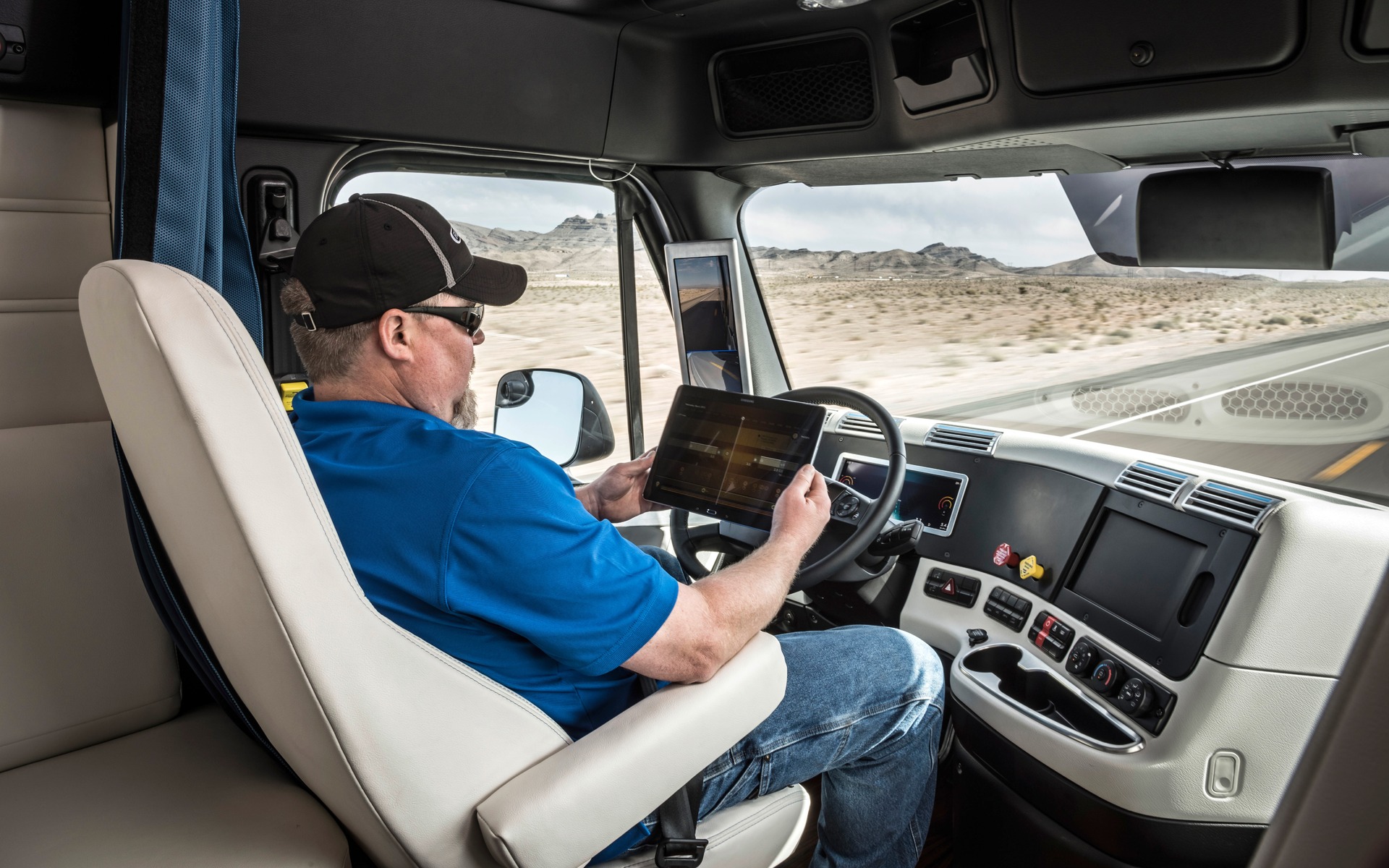Autonomous Driving: Almost, but Not Quite
The regular media—read: non-automobile journalists—is already swooning over autonomous driving. For them, it will be nirvana. But we want to clarify a few things and recommend patience. The truth is that almost no legislation foresees the use of self-driving cars on Canadian roads. At best, drivers are allowed to let go of the steering wheel.
For now, the few vehicles that offer semi-autonomous driving, such as the Tesla Autopilot system, are limited to an autonomous steering wheel that keeps the vehicle in its lane and slows the car down when the vehicle in front decelerates. The driver is still responsible for controlling the vehicle’s speed and must remain behind the wheel. If the predictions of most manufacturers are to be believed, this kind of system will be offered on several models in the next couple of years. Complete autonomy, however, is not expected before 2022—and only if legislation in the various provinces and states allows it.
These days, several new vehicles on the market have certain autonomous driving features. Consider the lane departure warning alarm, active steering that brings the car back between the lines, obstacle avoidance, pre-set distance maintenance between your car and the one in front, and rear collision detection. But all these systems are administered by the driver.
To achieve complete, driverless autonomy, all these systems are going to have to work in concert. But how long will it be before we see a driverless car going from point A to point B? Get out your crystal ball, if you please, but don’t expect it anytime soon!







